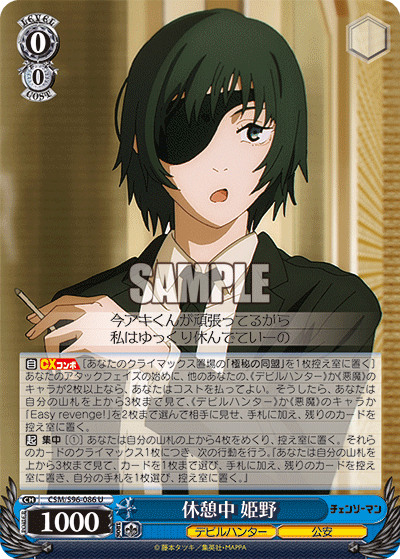With the reveal of the new level one Saki combo coming out in the Gakum@s (Gakuen Idolm@ster) series due next month, this made me rethink the changes made in modern advantage combos.


Before we dive into the details of modern advantage combos, we must take a step back and look at some of the original combos to see how we got where we are today. Years ago, one of the most infamous combos that was that of Shimakaze from Kantai Collection. Shimakaze was a simple combo that had you fulfill a specific condition with climax in play to net you hand advantage. Shimakaze became the baseline for the concept of the early advantage combo which became enshrined at level one.


The next push in evolution came in the form of Yunyun combo above. While not necessarily the only combo to perform double duty, Yunyun was infamous for her ability to grab you one form of advantage (stock) and potentially net you a second form of advantage with hand if you met the condition (reveal level one or higher).


In addition to Yunyun, over the past couple of years, especially with the advent of standby, early advantage combos have been changing in both the timing of their use as seen with level zero combos such as Himeno and also providing a different type of value as seen with Eris from Mushoku Tensei. Standby combos are a little bit more complicated because their value lies in their inherent ability to stick around on field. Even though they have a base cost, this is usually mitigated through standby mechanics themselves and the fact that the card is expected to repeatedly maintain its advantage for multiple turns.


Now a double advantage combo isn’t anything particularly new before the reveal of Saki. For instance, Aiko above gives you up to two hand upon on-reverse with climax and another pseudo condition. The possibility of gaining two points of advantage (two hand) is very much present.


Saki is a little bit different from that of Aiko. Outside of the distinct change and conditions to gain advantage, Saki provides you with stock and hand rather than just two hand. This is significant because stock doesn’t have an upper limit whereas hand will fall back to seven by the end of turn. Furthermore, stock is by far much harder to get compared to hand. This is important because there are generally more cards or abilities that can be activated or paid with stock more so than just hand.


Many of the most powerful effects in Weiss, mainly those that can change the game or negate an attack entirely, are usually very expensive in terms of stock. With Saki combo generating additional stock while giving you hand, these types of effects above are much more achievable without hindering your own game plan. For many decks, these defensive options are usually quite expensive plays that heavily lower your own finishing power due to these cards taking away from your available resources throughout the game. With Saki in mind and the future, such options may no longer be as much of a heavy cost and allow for your flexibility to defend yourself and still close out the game.